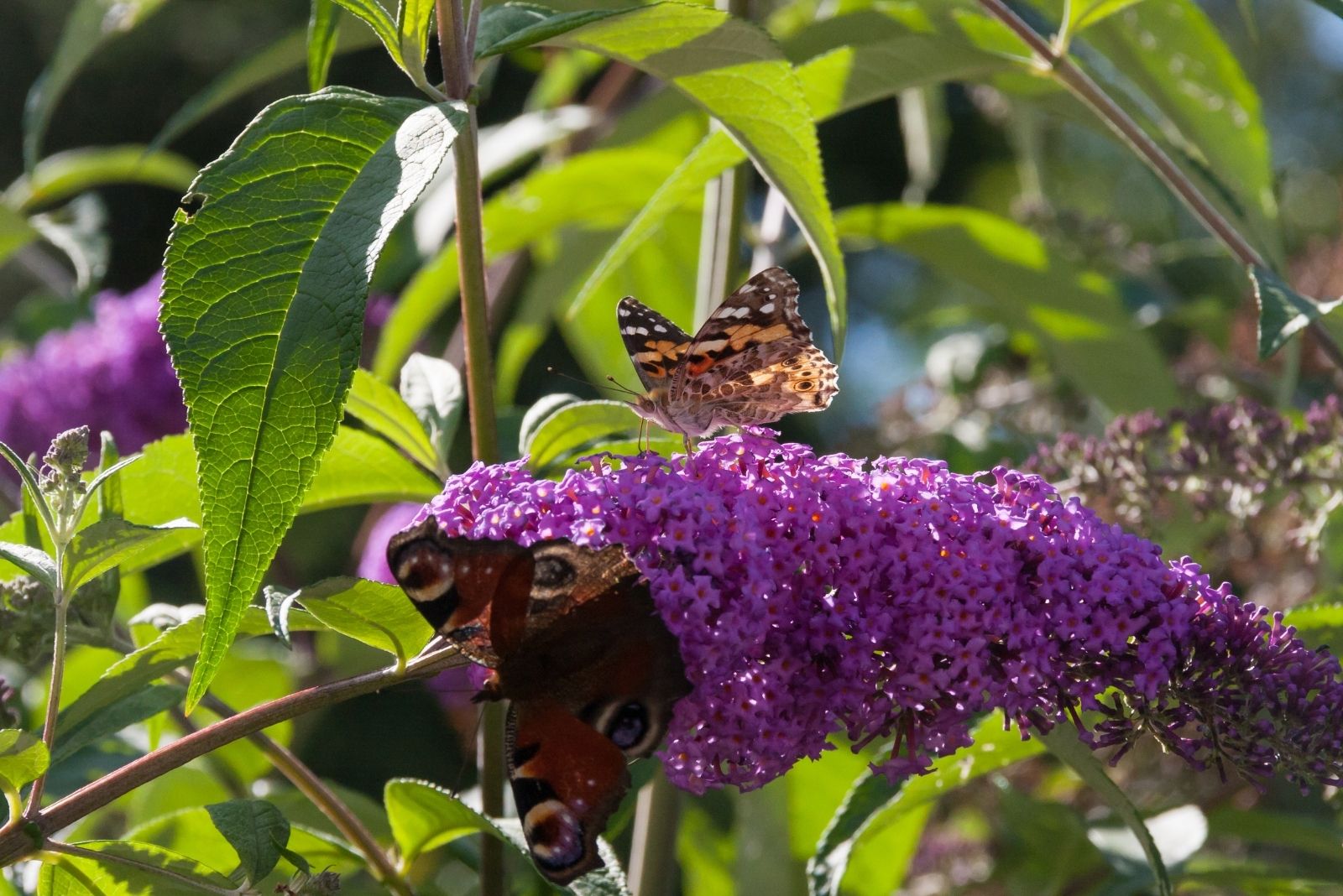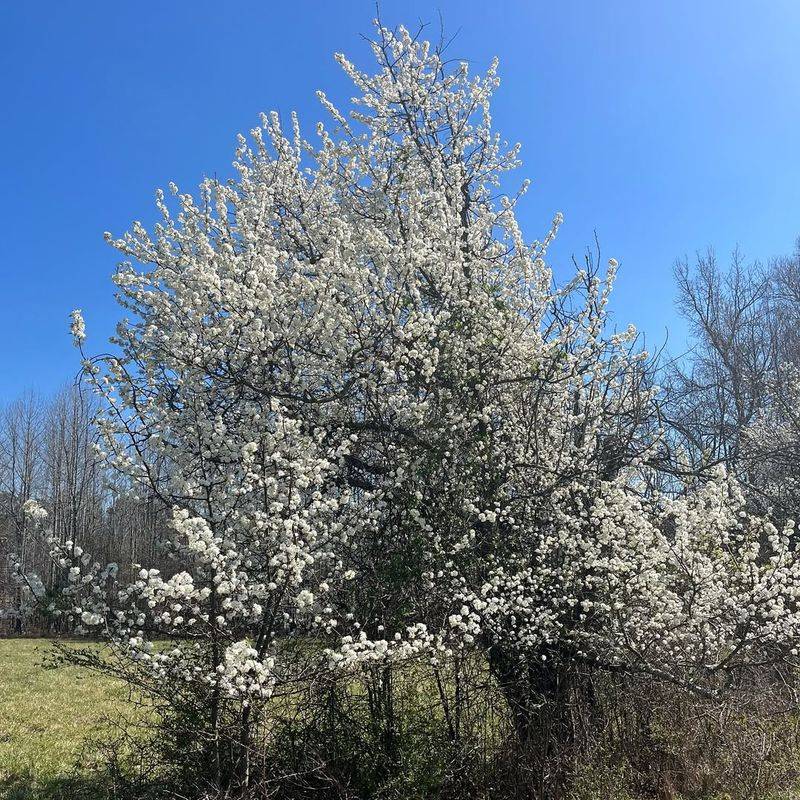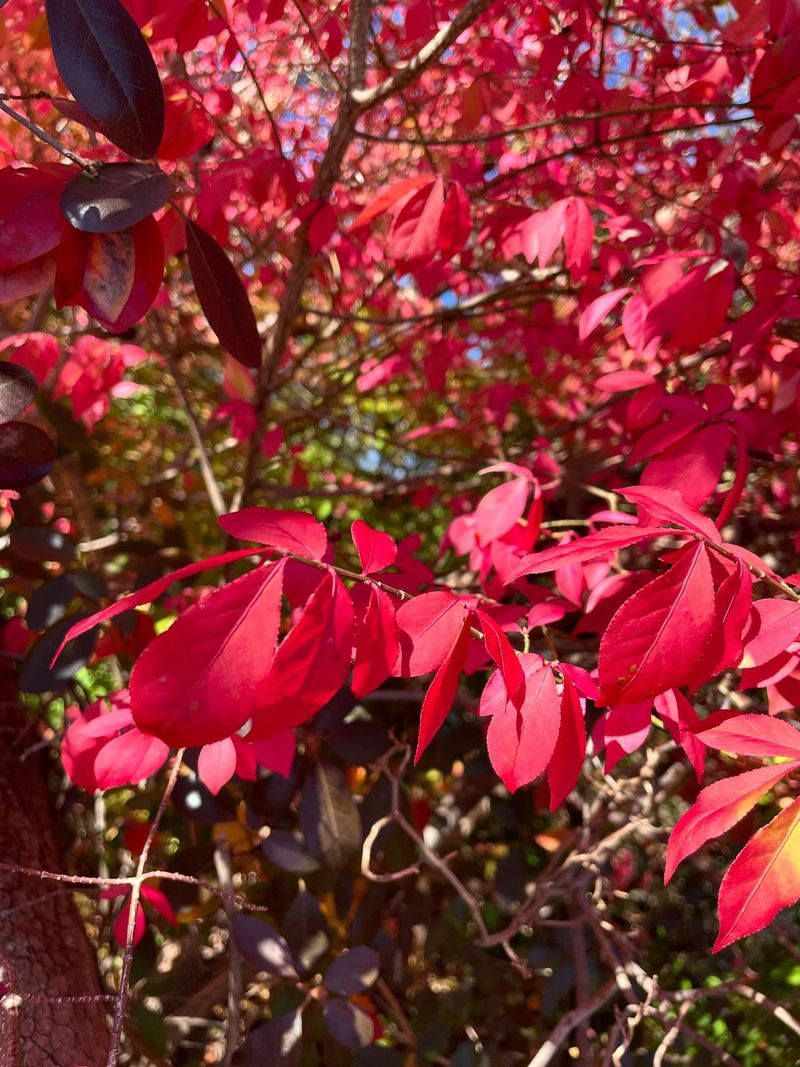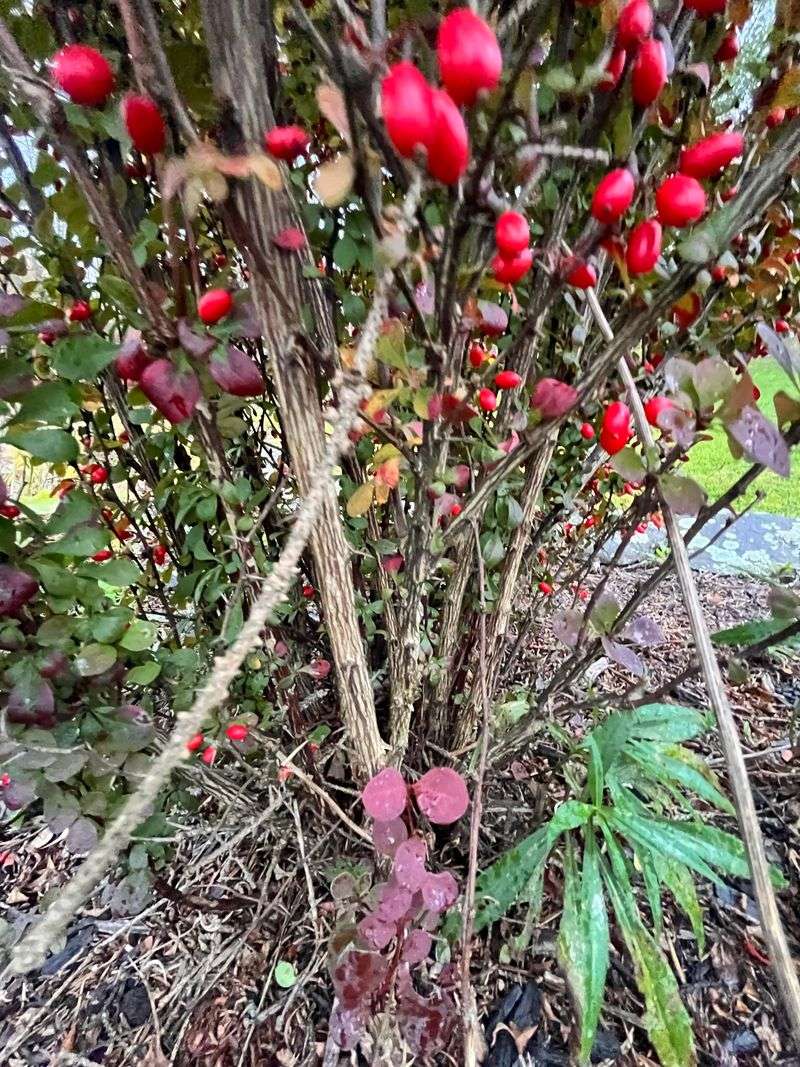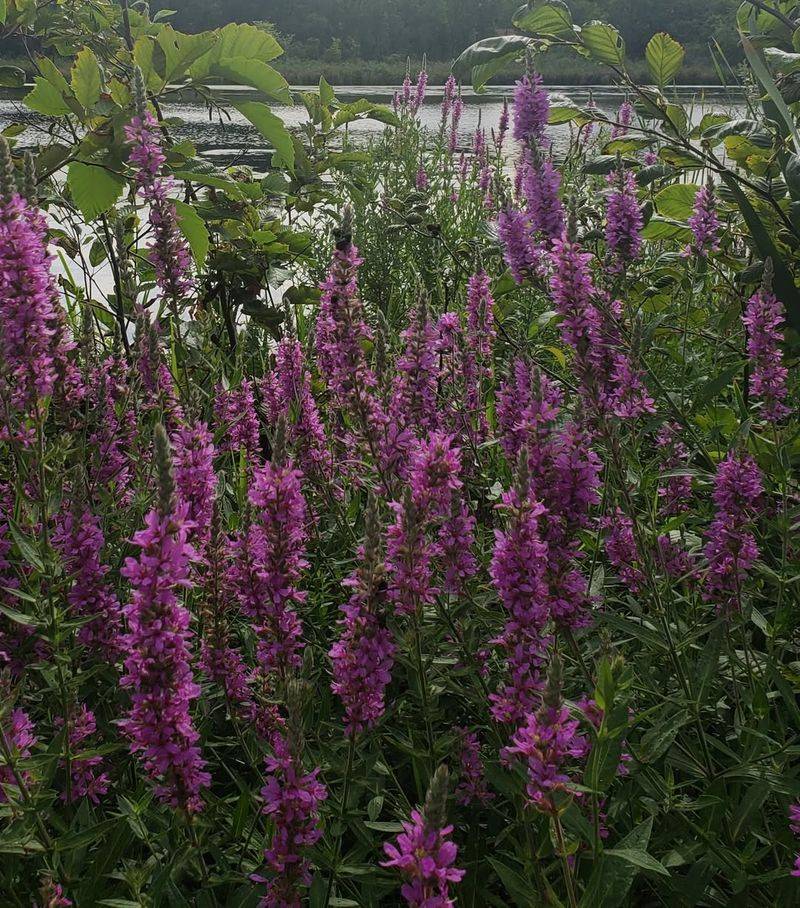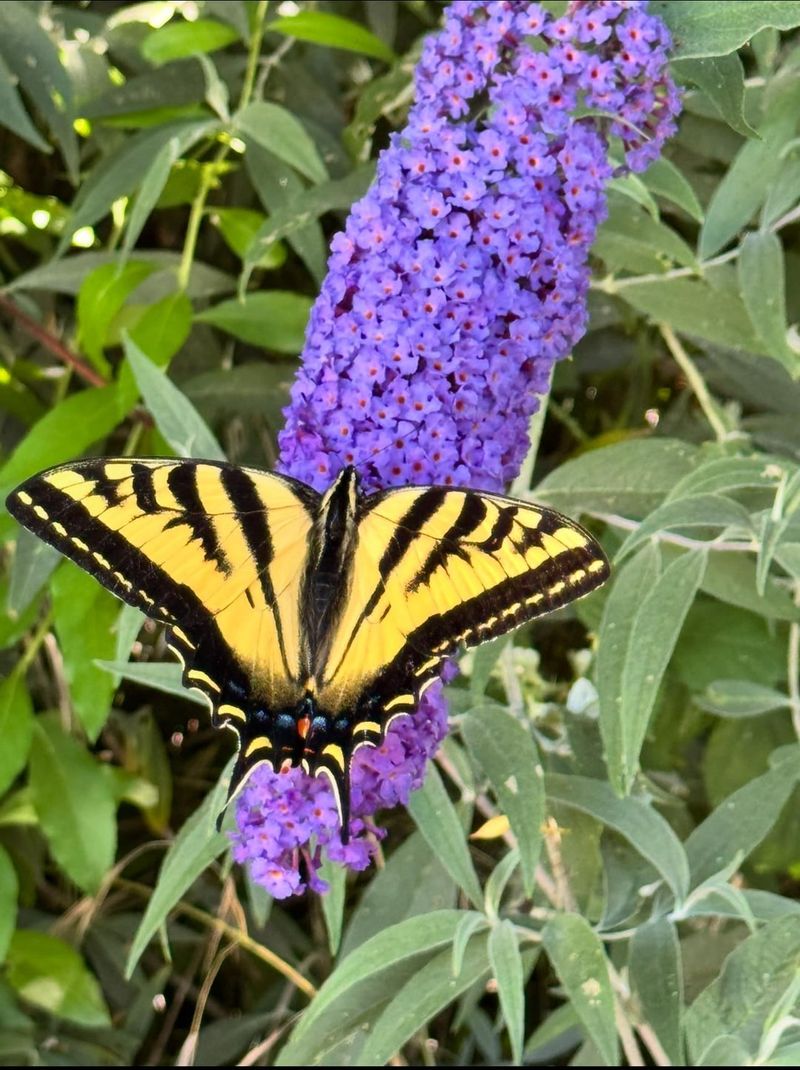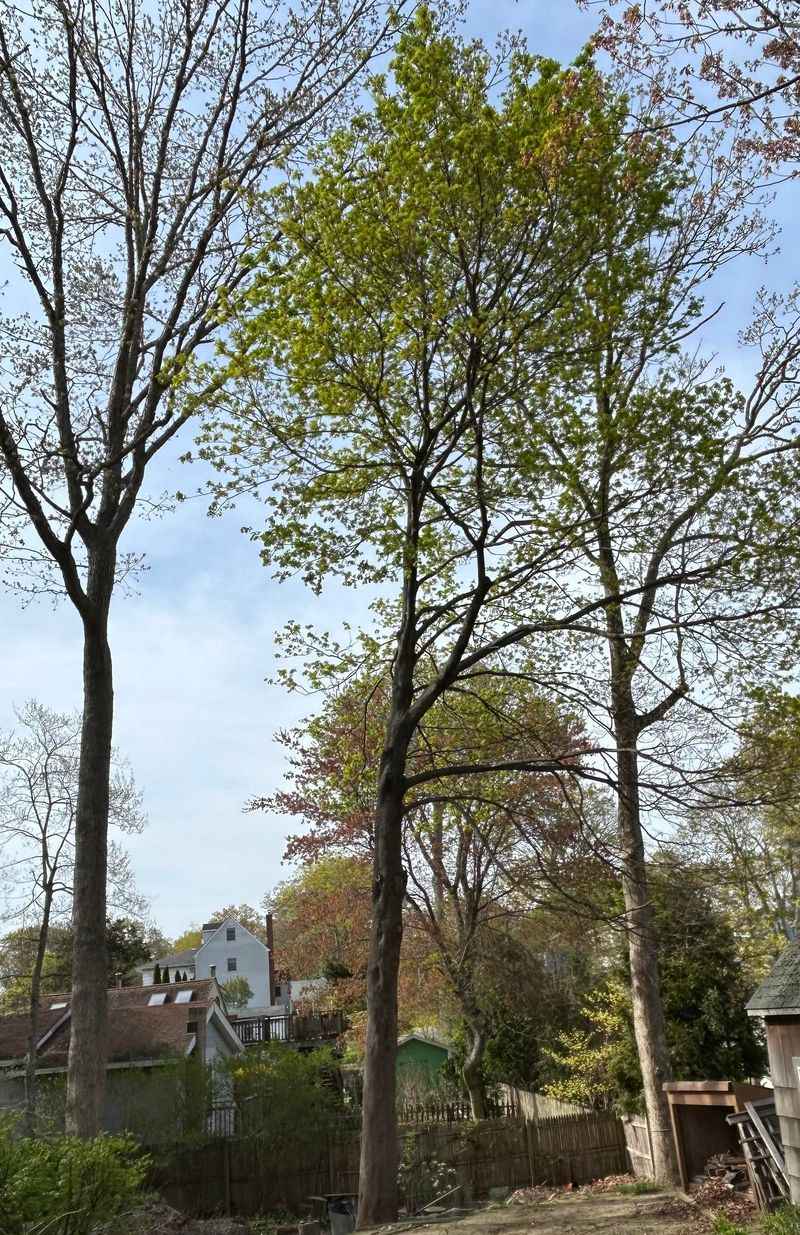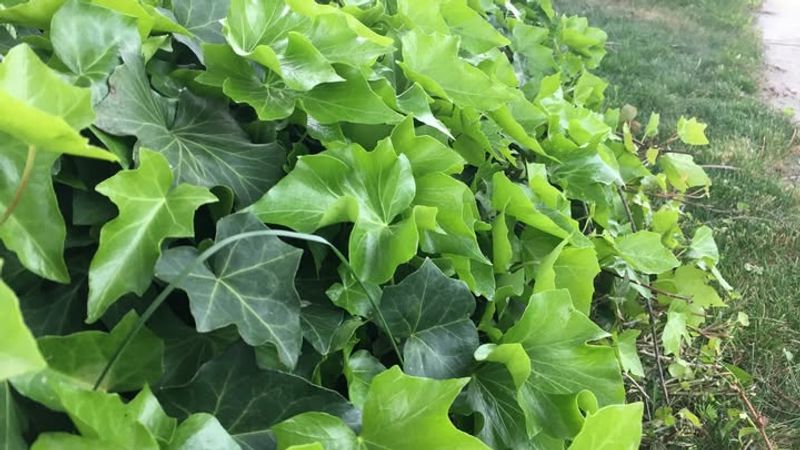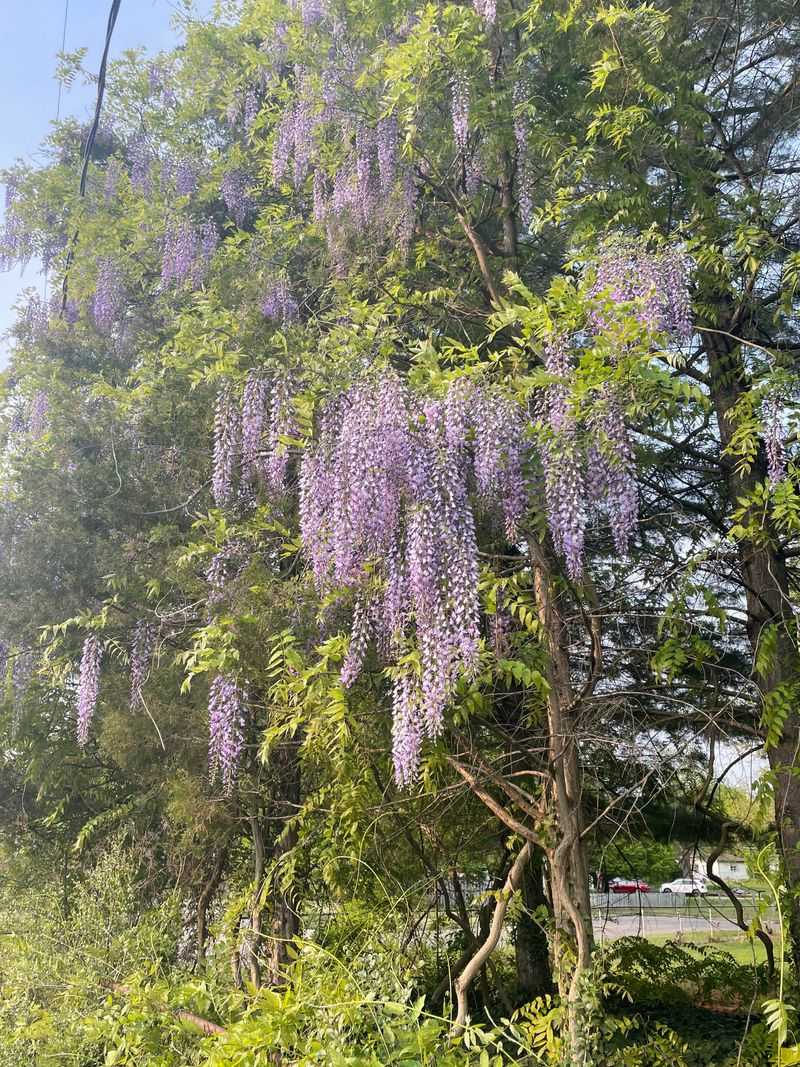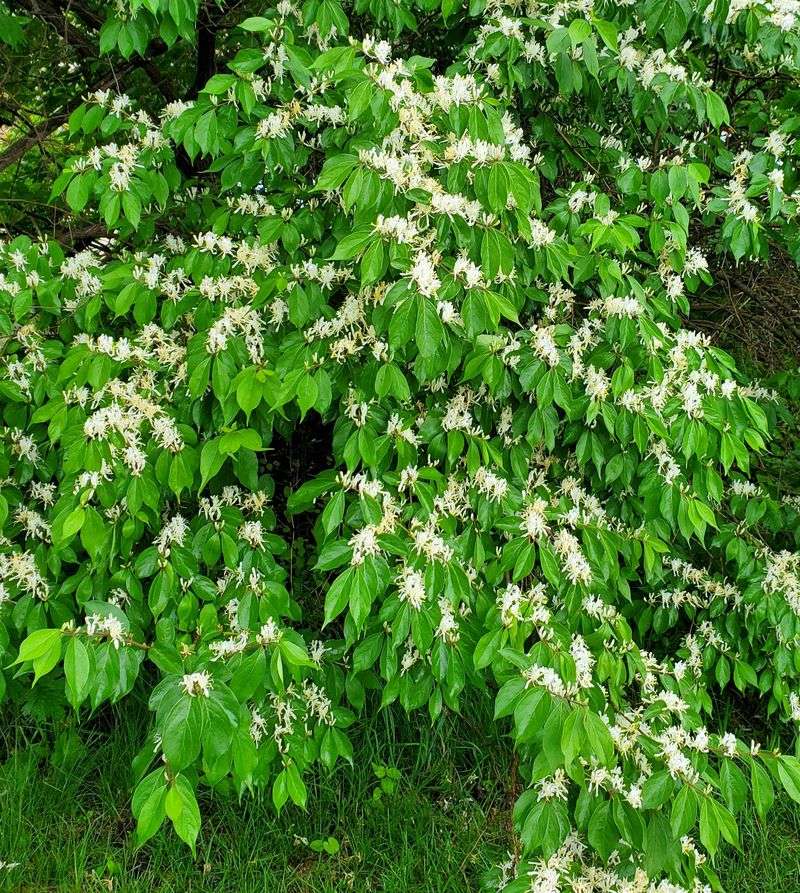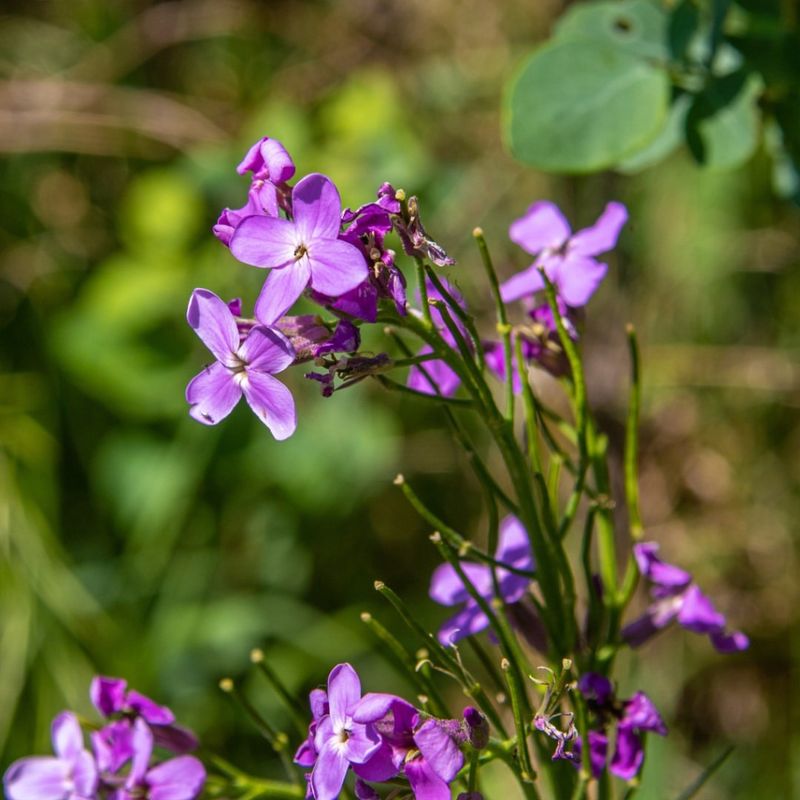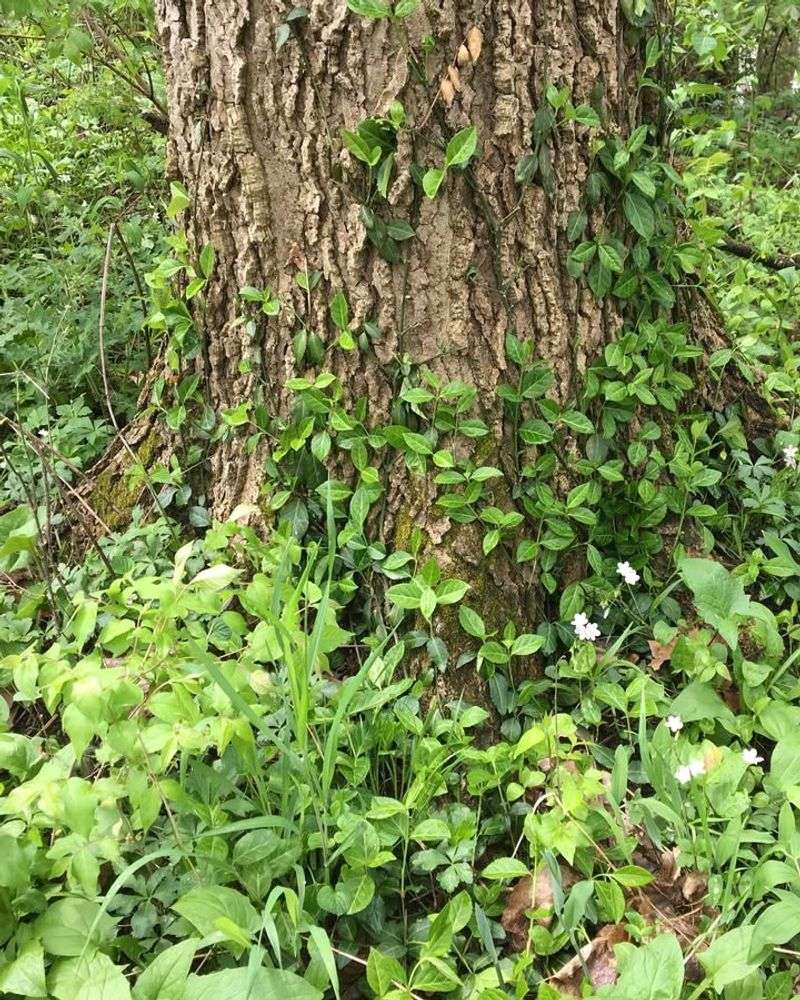Your beautiful Nebraska garden might be harboring some unwelcome guests that spread far beyond your flower beds. Several popular ornamental plants have become serious problems across suburban landscapes, crowding out native species and disrupting local ecosystems.
State and local authorities are now considering restrictions on these aggressive growers to protect Nebraska’s natural heritage and prevent costly removal efforts down the road.
1. Bradford Pear
This ornamental tree seemed perfect when suburban developers first planted it across Nebraska neighborhoods decades ago. Its showy white blooms arrive early each spring, creating clouds of flowers that unfortunately smell quite unpleasant.
The real trouble starts when birds eat the small fruits and spread seeds everywhere. Wild pear thickets now choke out native plants in parks and natural areas. The trees also split apart easily during storms, causing property damage across Nebraska communities year after year.
2. Burning Bush
Gardeners love how this shrub turns brilliant crimson each fall, creating stunning landscape displays. That gorgeous color comes at a steep environmental cost, though. Birds carry the seeds into wild spaces where burning bush forms dense thickets that shade out everything beneath them.
Nebraska conservation areas now spend thousands removing these invasive shrubs that escaped from yards. The plant tolerates nearly any growing condition, which makes it spread even faster through suburban edges and into prairies.
3. Japanese Barberry
Landscapers frequently use this thorny shrub for foundation plantings and hedges around Nebraska homes. Its compact size and colorful foliage make it seem like an ideal choice for low-maintenance gardens.
Unfortunately, barberry creates perfect hiding spots for ticks that carry Lyme disease, increasing health risks in suburban areas. The shrubs spread aggressively into woodlands and parks, forming impenetrable thickets. Native wildlife struggles to navigate these dense, thorny barriers that replace more beneficial plants.
4. Purple Loosestrife
Those tall magenta flower spikes look spectacular beside garden ponds and in wet areas. A single plant produces millions of tiny seeds that float on water and blow in the wind. Nebraska wetlands face serious threats from this aggressive invader that chokes out cattails and native sedges.
Waterfowl lose important food sources when loosestrife takes over marshes. The dense root systems even alter water flow patterns in ditches and streams throughout suburban developments, causing drainage problems nobody anticipated.
5. Butterfly Bush
The name sounds wonderful, and butterflies do visit the fragrant flower spikes throughout summer. Here’s the problem: while adult butterflies sip nectar, their caterpillars need native plants to survive and grow. Butterfly bush provides zero value for caterpillars, essentially acting as junk food for pollinators.
Nebraska gardeners unintentionally harm butterfly populations by replacing host plants with these pretty but ecologically empty shrubs. The plants also self-seed aggressively along roadsides and stream banks where they displace truly beneficial native species.
6. Norway Maple
Older Nebraska neighborhoods feature these massive shade trees that seem harmless enough at first glance. Their extremely dense canopy blocks so much sunlight that virtually nothing grows underneath them. Seedlings pop up everywhere, and they grow faster than native maples that belong in Nebraska ecosystems.
The shallow, aggressive roots make gardening nearby nearly impossible while cracking sidewalks and foundations. Forest preserves now battle Norway maple invasions that transform diverse woodlands into barren understories where native wildflowers once thrived beautifully.
7. English Ivy
Homeowners plant this evergreen groundcover hoping it will solve erosion problems and create year-round greenery. Once established, ivy becomes nearly impossible to control or remove completely. The vines climb trees and eventually strangle them by blocking sunlight and adding dangerous weight.
Nebraska storms bring down ivy-covered trees more easily, creating hazards in suburban yards. Ground-level ivy mats harbor rodents and prevent native plants from establishing, creating biological deserts where diverse ecosystems should flourish naturally across residential properties.
8. Autumn Olive
Wildlife agencies once recommended this shrub for erosion control and bird habitat across Nebraska. That advice backfired spectacularly when autumn olive spread uncontrollably through parks and natural areas. The nitrogen-fixing roots actually change soil chemistry, making it harder for native plants to compete.
Birds gorge on the abundant berries, then spread thousands of seeds across the landscape. What seemed like good wildlife food has become an ecological nightmare that costs Nebraska communities substantial money to control each year.
9. Wisteria
Those cascading purple blooms create absolutely stunning spring displays that gardeners dream about. Wisteria vines grow with shocking speed and strength, quickly escaping their intended garden spots. The woody vines strangle trees and pull down fences, gutters, and even small structures around Nebraska properties.
Root suckers pop up many feet from the original plant, spreading the invasion further. Once established, wisteria resists most removal attempts and returns aggressively, making it a maintenance nightmare that damages landscapes rather than enhancing them.
10. Amur Honeysuckle
Walk through any older Nebraska park and you’ll likely encounter this shrub with its fragrant white flowers. It leafs out earlier than native plants and keeps its leaves later, giving it competitive advantages throughout the growing season. Dense thickets prevent tree seedlings from establishing, slowly converting forests into shrublands.
The berries provide poor nutrition for birds compared to native alternatives. Nebraska conservation groups now organize removal events because honeysuckle has become such a widespread problem in natural areas.
11. Dame’s Rocket
Many people mistake this pretty wildflower for native phlox when they see it blooming along Nebraska roadsides. The four-petaled flowers give away its true identity as an escaped garden plant. Dame’s rocket spreads aggressively through seed, crowding out native wildflowers that pollinators actually need.
It tolerates shade better than most native plants, allowing it to invade forest edges and meadows. While it looks innocent enough, this European import gradually reduces plant diversity wherever it establishes across suburban natural areas and parks.
12. Wintercreeper
Landscapers appreciate this evergreen groundcover for its ability to thrive in difficult shady spots around Nebraska homes. Like its relative English ivy, wintercreeper refuses to stay where you plant it. The vines climb trees and buildings while spreading horizontally to smother everything in their path.
Native woodland plants disappear under dense mats of wintercreeper that nothing can penetrate. Nebraska parks now battle extensive infestations that started from single plants someone tossed over a fence decades ago, showing how persistent this invader truly becomes.

